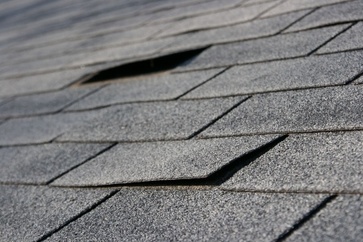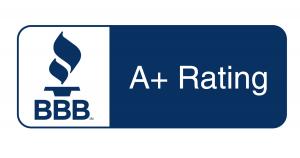 OK, you have put it off long enough, it is time for a new roof. You are seeing fine-grained aggregate near your downspouts after every rain (this is roofing material degradation), you are getting some curling near the edges of your shingles, you are getting staining, and basically you know how old your roof is. Sure, you could wait for it to start leaking, the final step, but it is really just delaying the inevitable. So, you talk to your friends and neighbors to get some references, a great place to start. Next up, you call them to prepare some bids. And when you get those bids, you will note a range of prices. The first thing you are going to do is to focus on the cheapest bid price, and discount the other roofing contractors as simply trying to take more of your hard-earned money. That may be the case, but it may also be the case that you are comparing apples to oranges. How much information did you give the roofing contractors? Did all of the roofing contractors interpret this bid request differently? Did some provide upgrades that perhaps others did not? Before you decide to automatically go with the low bidder, it might behoove you to understand the differences between the bids, and the factors that are in play here. Some of these are critical factors: The biggest factor in difference of bid price relates to insurance. Of the individual construction trades, workers’ compensation insurance for roofers is typically higher than any other construction worker. Many roofing contractors get around this insurance cost by hiring “day labor” or “independent contractors” instead of hiring employees. Day labor isn’t covered by insurance; independent contractors are responsible for their own insurance (and often go uncovered). Employees have to be covered by their employer. In previous blogs, I have captured differences in underlayment materials (15-lb. felt, 30-lb. felt, heavier felt, premium underlayments, ice-and-water shield). Each of these has a different cost, and each roofing contractor has a bid they prepare based on one of these underlayments. You cannot reasonably compare bids from a roofing contractor that installs 15-lb felt to a roofing contractor that installs premium underlayment coupled with ice-and-water shield as this isn’t an apples-to-apples comparison. Your Homeowners’ Association restrictions – when I have repeat business in a neighborhood (and you got my reference from your neighbors – right?), I know the Homeowners’ Association restrictions. Some of these are based on roofing materials, and they are always an upgrade in cost. Other roofing contractors may not be aware of these mandatory upgrades and may bid your job based on lower quality roofing materials. Differences in labor. If a contractor uses a high-wind installation pattern for installing your roof, this takes 50% more nails to install the same roof than a roofing contractor that uses a standard installation pattern. This equates to both increase in materials (50% more nails isn’t free), as well as an increase in labor time (50% more nails on each and every shingle adds up for the installer). So, what upgrades should you consider as important, and what upgrades should you consider as maybe nice but not required? This will get us into a new series of blog topics.
0 Comments
|
Bobby WilliamsWe are an experienced Lees Summit roofing company with over 15 years experience in repair, service and installation. Archives
August 2020
Categories
All
|
HoursOpen 24/7 days a week
1206 SW Peggy Cir Lees Summit, MO 64081 Phone: 816-985-4008 email: williamsroofinglsmo@yahoo.com |


 RSS Feed
RSS Feed

